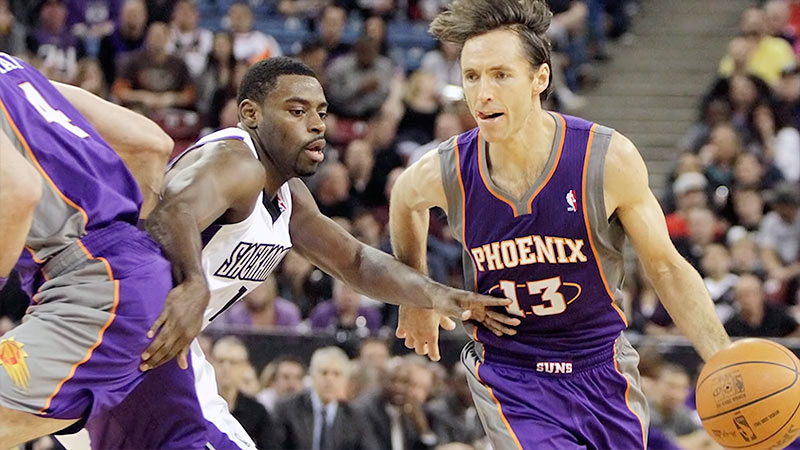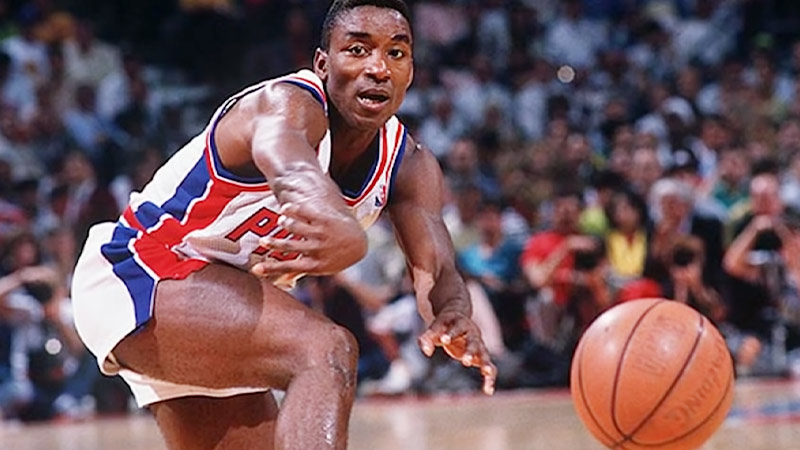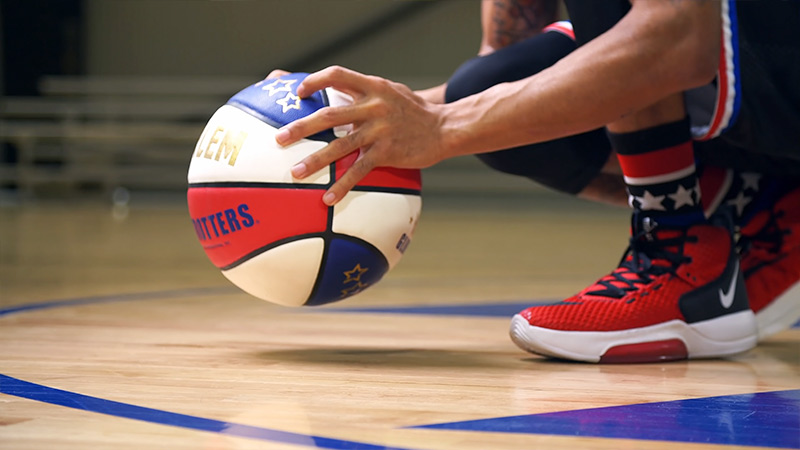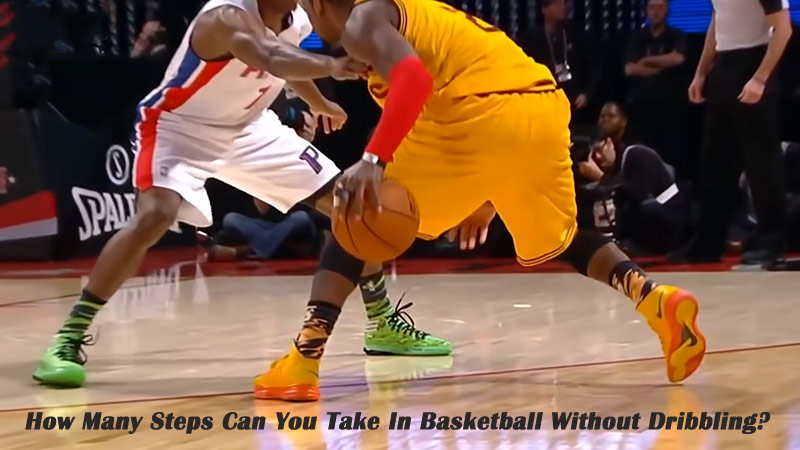How Many Steps Can You Take in Basketball Without Dribbling?
Basketball is a game known for its dynamic movements, skillful dribbling, and precise footwork. However, there are specific rules and regulations that govern how players can move with the ball. One common question that arises is, “How many steps can you take in basketball without dribbling?”
In this article, we will delve into this topic and explore the rules surrounding steps without dribbling in basketball. So, please stay with us till the end and learn all things about the steps of basketball players without dribbling.
Can You Take Any Step Can You Take in Basketball Without Dribbling?
No, you cannot take any step in basketball without dribbling the ball. The rules of the game dictate that a player can take a maximum of two steps without dribbling.
This means that once a player catches the ball or receives a pass while stationary or moving, they have two legal steps to make before they must pass, shoot, or begin dribbling.
Taking more than two steps without dribbling is considered a traveling violation, resulting in a turnover and the opposing team gaining possession of the ball. Adhering to the rules ensures fair play and maintains the integrity of the game.
How Many Steps Can You Take in Basketball Without Dribbling?

Basketball is a dynamic and fast-paced sport that involves various rules and regulations to ensure fair play. One important rule relates to the number of steps a player can take without dribbling the ball.
Let’s delve into this rule and understand its implications in the game.
The Two-Step Rule
In basketball, a player is generally allowed to take a maximum of two steps without dribbling the ball. This rule applies when a player catches the ball while stationary or receives a pass while already in motion.
The purpose of this rule is to provide players with an opportunity to gather themselves, establish their pivot foot, and prepare for their next move.
Legal Steps and Simultaneous Foot Placement
It’s crucial to note that the two-step rule refers to legal steps. To execute legal steps, a player must ensure that both feet touch the ground simultaneously when they catch the ball or receive a pass.
This means that the player’s pivot foot should be established upon receiving the ball, and they can then take two additional steps before needing to pass, shoot, or begin dribbling.
Traveling Violation
If a player fails to adhere to the two-step rule and takes more than two steps without dribbling the ball, it results in a traveling violation. A traveling violation occurs when a player gains an unfair advantage by moving illegally with the ball.
When a traveling violation is called, the opposing team is awarded possession of the ball through a turnover.
Officials play a vital role in enforcing this rule. They must closely observe player movement and foot placement to determine if a player has violated the two-step rule.
This requires attentiveness and a solid understanding of the rule to make accurate calls during the game.
Why Do NBA Players Take 3 Steps Before Dribbling?
In the fast-paced world of NBA basketball, players often make quick and seemingly extended movements on the court. One particular move that has garnered attention is when players appear to take three steps before dribbling the ball.
While it may raise eyebrows, there is a rule in the NBA that allows for this seemingly extra step under specific circumstances. The concept of the “gather step” sheds light on why NBA players take three steps before dribbling.
The Gather Step: Explaining the Rule
In the NBA, players are permitted to take two legal steps, just like in other levels of basketball. These two steps are typically used for shooting or making a pass. However, the NBA rulebook allows for an additional step, known as the gather step.
The gathering step is the step taken by a player to gather the ball and establish their pivot foot after catching it or receiving a pass. This step is often misinterpreted as an extra step, but it is considered part of the player’s two legal steps.
Maintaining Balance and Momentum

The gather step serves a crucial purpose in the game of basketball. It allows players to maintain their balance, control, and momentum before making their next move.
When a player catches the ball, they often need a moment to secure possession, gather their body, and evaluate their options. The gather step facilitates this process, giving players the opportunity to plant their pivot foot and make an informed decision.
Making Quick Decisions
Basketball is a dynamic sport that requires split-second decision-making. The gather step plays a significant role in enabling players to make these decisions effectively. By allowing an extra step, players can gather themselves and evaluate the court before deciding whether to shoot, pass, or dribble.
This brief pause in motion allows players to assess the defense, identify open teammates, or create scoring opportunities.
Fluidity and Speed of the Game
The NBA is renowned for its fast-paced and high-intensity style of play. The gathering step contributes to the fluidity and speed of the game. It enables players to transition smoothly between catching the ball, gathering their bodies, and executing their next move.
By providing this leeway, the game flows seamlessly, showcasing the skill and athleticism of the players while maintaining an exciting and engaging experience for fans.
Is There Any Rule Regarding Having Steps Without Dribbling?

Basketball has specific rules in place to regulate steps without dribbling, aiming to maintain fairness and prevent players from gaining an unfair advantage.
These rules govern the movement of players while in possession of the ball, ensuring that they adhere to certain limitations and techniques. Let’s delve deeper into these rules and their significance in the game.
Traveling Violation: Preventing Excessive Steps
The fundamental rule regarding steps without dribbling is to prevent traveling violations. A player is not allowed to take more than two steps without dribbling the ball. If a player violates this rule by taking additional steps, it results in a traveling violation.
This violation occurs when a player moves with the ball without dribbling or fails to establish a pivot foot before making a move.
The Two-Step Rule: Balancing Movement and Dribbling
The two-step rule is a crucial aspect of steps without dribbling. It applies when a player catches the ball while stationary or receives a pass while in motion. According to this rule, a player is allowed to take two steps without dribbling the ball before coming to a stop.
This gives players the opportunity to gather themselves and make controlled moves without infringing upon the traveling rule.
Importance of Rules on Steps Without Dribbling
The rules on steps without dribbling serve several important purposes in the game of basketball:
Fairness and Equality
By limiting the number of steps a player can take without dribbling, the rules promote fairness and prevent players from gaining an unfair advantage. It ensures that no player can cover excessive distance without adhering to the dribbling technique.
Fundamental Skills
Adhering to the rules encourages players to focus on essential basketball skills. It emphasizes the importance of proper footwork, balance, and coordination while moving with the ball.
Ball Control and Strategy
The rules regarding steps without dribbling encourage players to maintain control over the ball. By limiting the number of steps, players must strategize and make quick decisions on when to dribble and when to move without the ball.
Defensive Tactics
The rules on steps without dribbling also impact defensive strategies. Defenders need to be aware of the number of steps a player has taken to anticipate their moves and make effective defensive plays.
Officiating Consistency
Having clear rules on steps without dribbling ensures consistency in officiating across different levels of play. It allows referees to make accurate judgments and maintain uniformity in the application of the rules.
Mastering Steps Without Dribbling
For players, developing proficiency in steps without dribbling is essential. It requires practice, understanding of the rules, and honing proper footwork techniques.
By mastering the art of controlled movement, players can maximize their effectiveness on the court while avoiding traveling violations.
FAQs
Can you take more than two steps without dribbling in basketball?
No, a player is only allowed to take a maximum of two steps without dribbling in basketball. Taking more than two steps without dribbling is considered a traveling violation.
Is the gather step considered a legal step in basketball?
Yes, the gathering step is considered part of the player’s two legal steps. It allows players to gather the ball and establish their pivot foot after catching it or receiving a pass.
What happens if a player takes more than two steps without dribbling?
If a player takes more than two steps without dribbling, it is considered a traveling violation. The opposing team is awarded possession of the ball.
Can a player take steps without dribbling after picking up a loose ball?
No, once a player picks up a loose ball, they are required to establish a pivot foot. They can then take a maximum of two steps without dribbling or choose to pass, shoot, or dribble the ball.
Do the rules regarding steps without dribbling apply in all levels of basketball?
Yes, the rules regarding steps without dribbling, including the two-step rule, apply in all levels of basketball, including high school, college, and professional play.
Bottom Line
Understanding the rules surrounding steps without dribbling in basketball is essential for both players and fans.
In basketball, players are allowed to take a maximum of two steps without dribbling the ball. The gathering step, which occurs before the two legal steps, is allowed in the NBA and contributes to the game’s flow and speed.
It is important for players to maintain proper footwork and adhere to the rules to avoid traveling violations.
By following the regulations, players can showcase their skills and engage in fair play, making basketball an exciting and enjoyable sport for all involved. Thank you.







